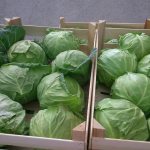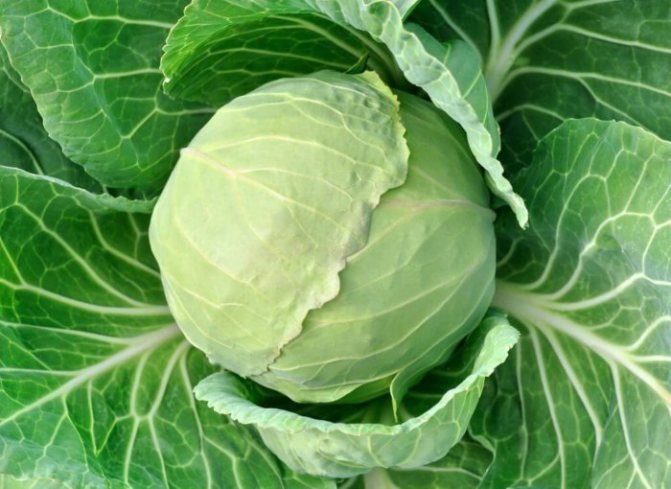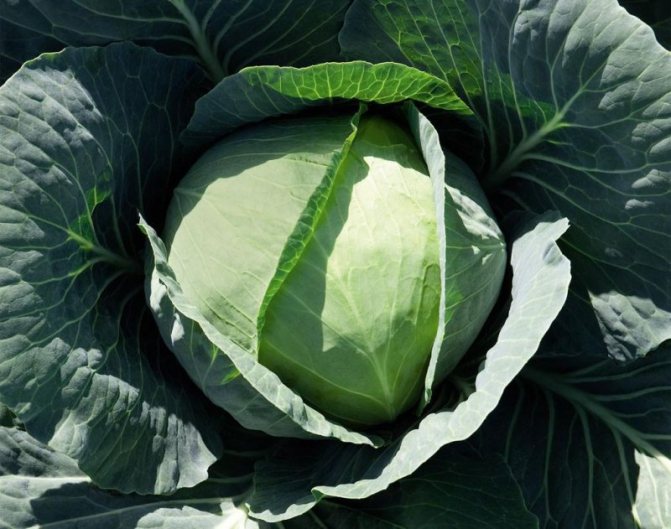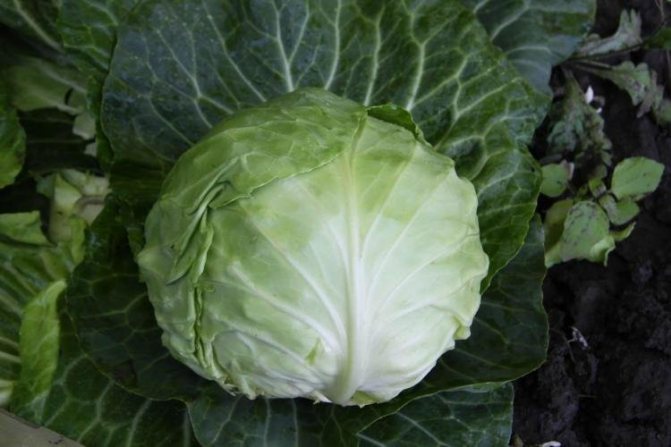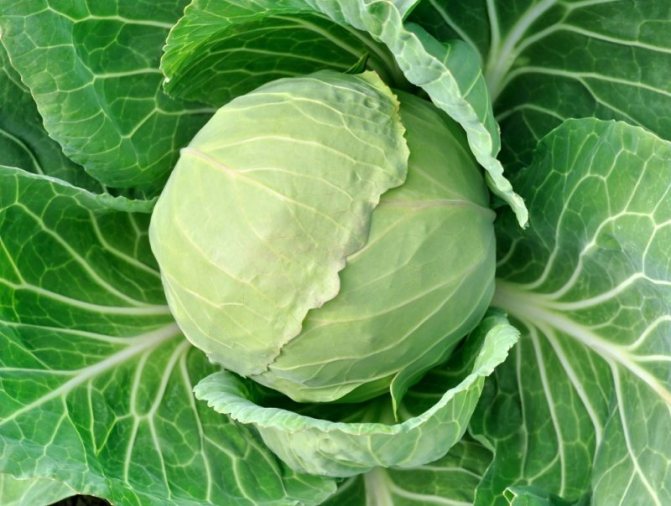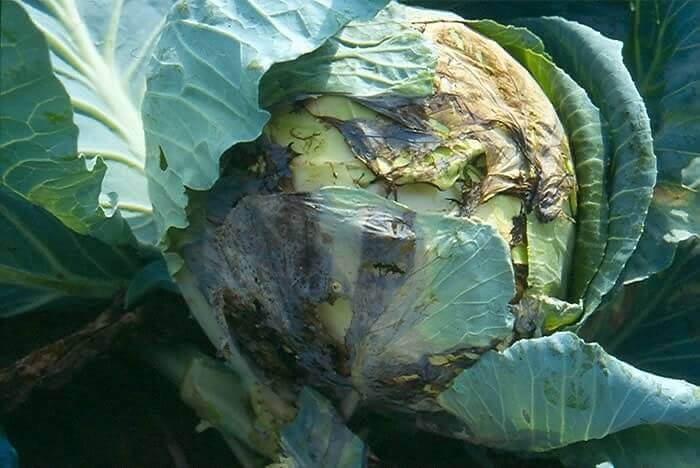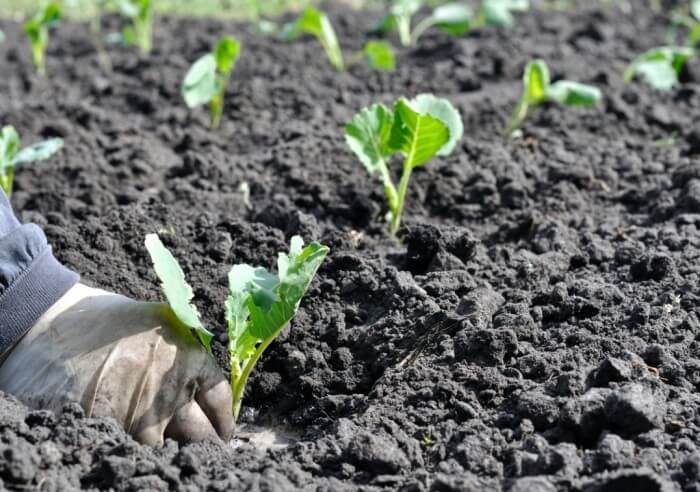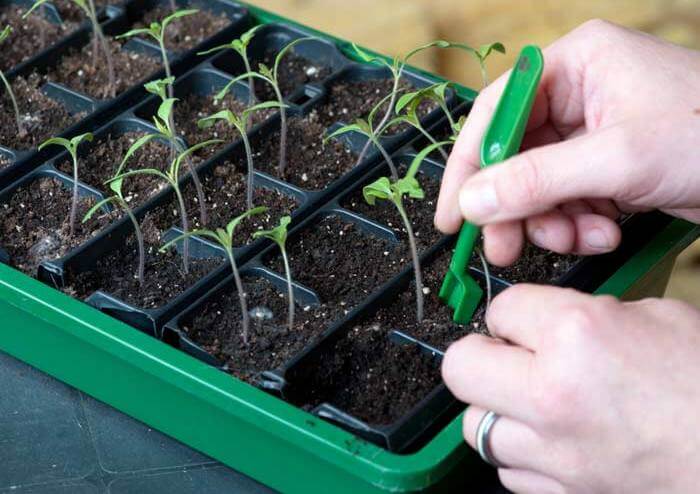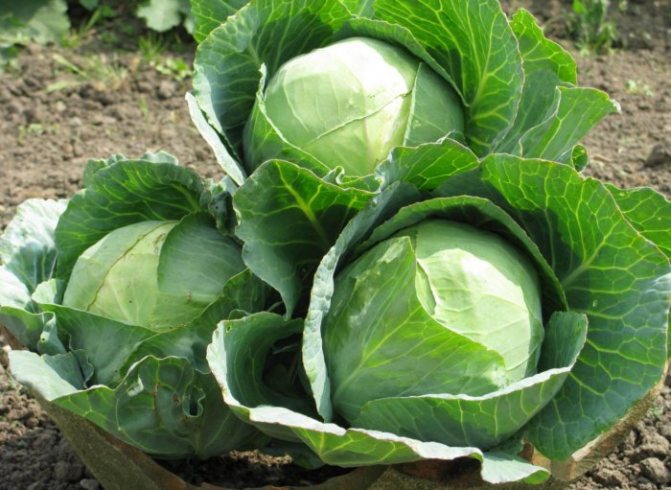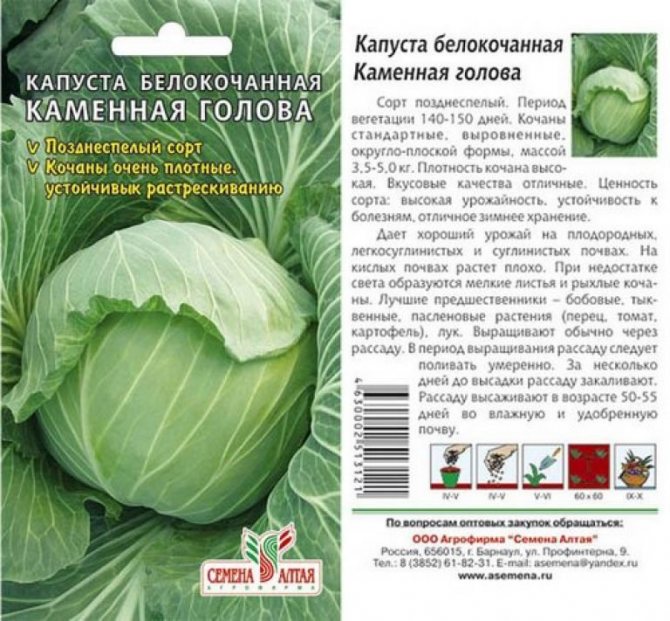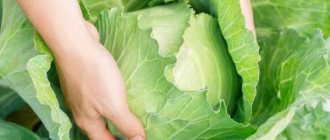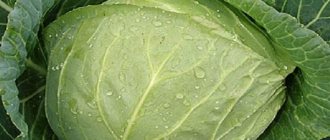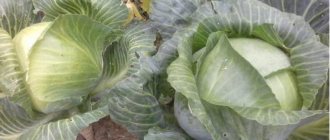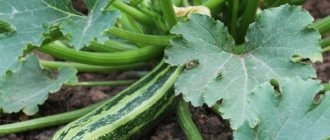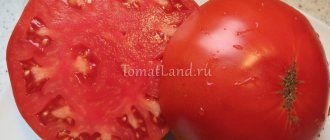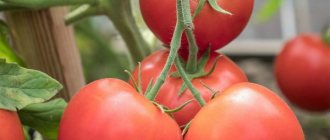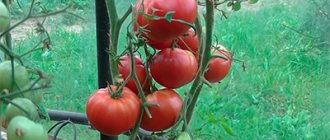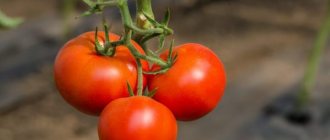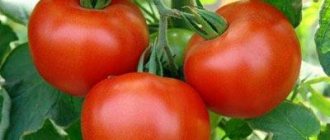The choice of cabbage variety depends on the application. Even white cabbage can be salted or salted, with different ripening periods. This makes it difficult to choose a vegetable if you do not know their description and characteristics. But it's even better to grow a variety on your site for testing.
Many varieties of white-headed vegetables fell in love with the Russians. For example, cabbage Stone Head (a description of the variety and characteristic features will be given in the article below), has been popular in Russia for more than 10 years. A vegetable from Polish selection was entered into the State Register of our country in 2006. White cabbage is universal, but tastes best in salted, sauerkraut or pickled form.
Description of the variety
Cabbage variety Stone Head is resistant to cold, extreme heat and drought. The cover leaves are green. The plant is light-requiring. Lack of light negatively affects the quality of the fruit. Productivity from 1 sq. m - 8-11 kg.
Description of fruits
The fruits of the stone head cabbage variety have the following characteristics:
- the head of cabbage has a round shape and dense structure;
- ripe fruit reaches a weight of 3-4 kg or more with good care;
- marketable ripeness of the fruit occurs in 119-126 days;
- the fruit contains a lot of sugar.
Cabbage is versatile in its preparation and storage. It is eaten raw, fermented, boiled. Stored until the end of winter if the necessary conditions are met. By this time, taste has changed, but only for the better. When ripe and storage conditions are observed, the head of cabbage does not crack.
Because of its name, this variety is often confused with Kamennaya Golovaya 447. This is a red cabbage, it is not so resistant to cracking and is used only fresh.
Harvesting
You can start harvesting cabbage variety Kamennaya Head in early or mid-October, depending on the climate in the region. It is advisable to choose a dry day for harvesting cabbage, without rain and fog, since excess moisture is an ideal breeding ground for all types of fungi and bacteria. This, in turn, significantly reduces the shelf life of the cabbage. For the same reason, it is not recommended to start harvesting in the early morning or late evening, when the heads of cabbage are covered with dew.
It is better not to take risks and not wait for the onset of the first frost. The optimum temperature for harvesting is 5–7 ° C. Cabbage that has suffered from frost must be used or preserved immediately. Whole heads of cabbage will not last long. But cabbage harvested in warm weather (10–15 ° C) is poorly stored due to the fact that it withers.
If you still missed the moment and the cabbage "grabbed" the frost, you do not need to immediately place the heads of cabbage removed from the garden in the warmth. The upper leaves will turn into a solid, unpleasantly slimy mass. It is better to place the heads of cabbage in a room with a temperature slightly above 0 ° C and cover it with a blanket or other thick cloth. However, if you plan to ferment cabbage, on the contrary, you need to wait for small negative temperatures (-3–5 ° C). So it will acquire the necessary sugar content. But you shouldn't wait until -20–25 ° C.
Cabbage variety Stone Head under proper conditions can be stored for 7–8 months, almost until the next harvest. Practice shows that long-term storage does not affect the taste in any way. On the contrary, they only get better.
When removing cabbage intended for long-term storage, the stalk is cut with a sharp knife disinfected in a saturated purple solution of potassium permanganate, holding it strictly perpendicular (the cut should be straight). There is no need to cut the stalk just under the head - leave about 8-12 cm. Before storing the heads of cabbage, coat the stump with clay or wrap it with paper. Plastic wrap will not work - in this case, condensation is inevitable.
It is not recommended to remove all outer leaves. Remove only dried, withered or rotten ones. Leaving 3-4 wrapper leaves contribute to better preservation of the cabbage. When they turn yellow or dry (January-February), they need to be carefully cut off.
Then the cabbage is harvested in a dark, dry room with good ventilation, in which the temperature is maintained at 0-5 ° C. Cabbage reacts extremely negatively to sudden changes in temperature and humidity. Heads of cabbage are not placed too tightly in wooden boxes or cardboard boxes, sprinkling with dry sawdust, sand, straw or small pieces of paper. You can simply spread the cabbage on wooden trays or shelves, but never on the floor. It is useful to sprinkle the heads of cabbage a little with crushed chalk or sifted wood ash. This is an additional protection against all types of rot.
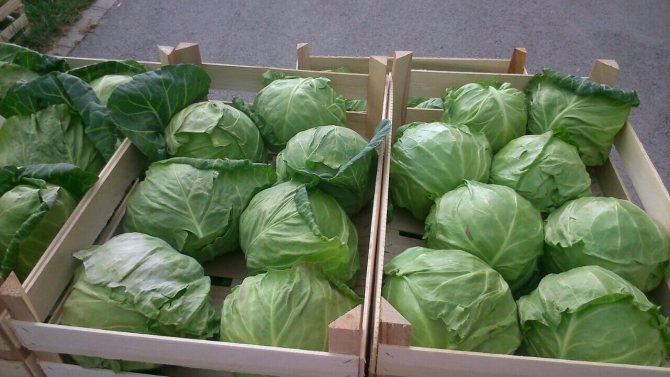
The ideal storage option is the use of wooden crates
If you want to save space, you can stretch a rope under the ceiling of the garage, shed, cellar and hang the heads of cabbage on it, tying them by the stumps.
For those who have a lot of space, the following method is suitable. The heads of cabbage are pulled out of the garden by the roots, all yellow, dry and rotten leaves are removed and "planted" for the winter in boxes with sand.
However, the Stone Head is not only suitable for long-term storage. The vast majority of gardeners and gardeners who grow it note the wonderful taste of sauerkraut, salted and pickled cabbage. Soups, main courses, pies and other culinary delights are no worse.
Sauerkraut is a Chinese invention. It was shredded and soaked in rice wine. Then this dish was fed to those who were involved in the construction of the Great Wall of China.
Growing and care
Seed preparation
Before planting cabbage seeds Stone Head are hardened and disinfected. For hardening, the seeds are first placed in hot water for 15-20 minutes.
The water temperature should not exceed 50 ° C. After that, the seeds are cooled in cold water at a temperature not lower than 18 ° C. This procedure also kills most of the bacteria found on the seeds.
The seeds can be planted both in the greenhouse and in the open ground. Sowing time is April or early May.
Seeds are planted in the greenhouse at the rate of 3-4 g per 1 sq. m. In open ground, seeds are sown at the rate of 0.15-0.20 g per 1 sq. m. In cold weather, the soil is covered with a film. Planting depth - 1-2 cm.
Seedlings are transplanted when the first 5-6 leaves are formed. Can be transplanted into a greenhouse or directly into open ground at a distance of 0.7 x 0.7 m.
The plant is regularly loosened and huddled. Loosening is carried out to a depth of 10 cm. Seedlings are fertilized with a solution of 1 tbsp. l. superphosphate and 1 tbsp. ash per 10 liters of water.
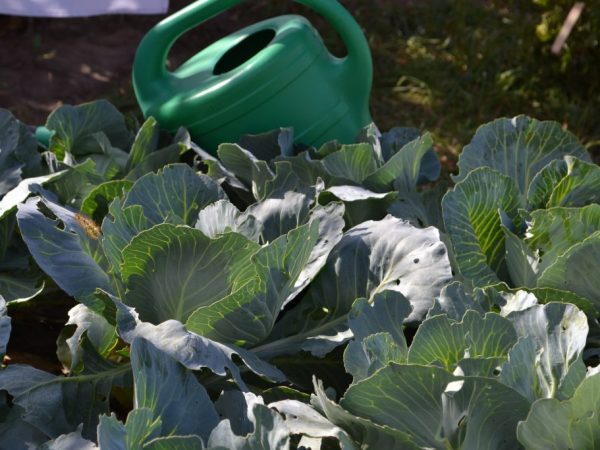

Plants need regular watering
Despite its adaptability to heat, the crop needs regular watering. For the homemade cabbage variety Stone Head, the description of the irrigation scheme looks like this:
- The first 2 weeks, cabbage is watered abundantly: every 2 days, 8-10 liters per 1 sq. m landing.
- After 2 weeks, watering is reduced to once a week. Water consumption remains the same: 10 liters per 1 sq. m. Pour 1 liter under the bush.
- At the time of the ovary of the heads of cabbage, the amount of water under the bush is increased to 3-4 liters.
For the purpose of prevention, watering is stopped 2 weeks before harvesting.
Top dressing is added with water. The plant planted in the ground is fed up to 3 times. The first top dressing is applied 2 weeks after planting in the ground.
In the first feeding, plants are watered with a solution of ammonium nitrate at the rate of 10 g per 10 liters of water. After 10 days, the plants are fed with a mullein 0.5 liters per 10 liters of water. To strengthen the plants, 20 g of superphosphate, 10 g of potassium nitrate, 10 g of urea are added to the solution.
For the ovary of heads at the end of June, plants are fed with potassium (40 g per 10 l of water) and phosphorus (20 g per 10 l of water). Cabbage is very sensitive to the presence of fertilizers in the soil, therefore, the recommended doses must be strictly observed.
Cabbage is harvested for storage before the onset of frost in dry weather. The average daily temperature should be in the range of 4-7 ° C. The collection period is late September and early October.
For storage, choose medium-sized cabbage. Small and medium are consumed immediately. In preparation for storage, the head of cabbage is cleaned of integumentary leaves, 3-4 leaves are left, the stump is cut with a straight cut.
Storage temperature - 0-5 ° С. Shelf life is 7-8 months.
Tempering and disinfection do not protect against insects. Heads of cabbage love slugs, caterpillars, aphids and flies.
Description of preventive measures and pest control:
- To fight slugs, crushed eggshells or coarse sand are poured around the heads of cabbage. If they are already on the plant, they are harvested by hand. Can be sprayed with mild saline, ammonia (1 part to 6 parts water) or strong coffee.
- Cabbage caterpillars are collected by hand in the daytime. Spray with a solution of "Bankol" at the rate of 8 ml per 10 liters of water.
- Cabbage aphid. The larvae are harvested by hand. Then the plants are treated with a solution of wood ash. For its preparation, 250 g of ash is mixed with 10 liters of water.
Alternative methods are also used against pests. Heads of cabbage are sprinkled with onion and garlic infusions. You can use tomato tops, wormwood, tansy, celandine, hot peppers and citrus fruits. To prepare tinctures, the selected agent is crushed and poured with warm water. The solution is infused for 2-3 days, and then filtered, diluted with water and sprayed with plants.
Read also: Barberry Thunberg "Golden Ring" (Golden Ring) - description, photos, reviews of gardeners
Disease prevention begins with seed treatment. Poor quality and unprocessed seeds are the main cause of all diseases of future plants.
Description of the main methods of disease control:
- Powdery mildew or brown spots. The leaves affected by the disease are removed. The plant is treated with a 1% solution of Bordeaux liquid.
- Root rot, or black leg. To prevent the development of this disease, monitor soil moisture. Diseased plants are removed. Plants are watered with wood ash tincture at the rate of 1 tbsp. ash per 1 liter of water.
- Rhizoctonia. The leaves become transparent, then brown, bloom and rot. For the prevention of seeds and seedlings use the drug "Fitolavin". For adult plants, drugs are used with the main active ingredient - copper oxychloride.
- Keela or brown growths on roots. Dead plants are destroyed. The soil is treated with a solution of colloidal sulfur at the rate of 40 g per 10 l of water.
For the prevention of diseases, folk remedies are also used, but they are mainly used for early-ripening varieties in order to avoid the toxicity of the fruit. Late-ripening species tolerate heavy agrochemicals.
Agrotechnics
The main part of the description of the cabbage variety Stone Head is the correct cultivation of a garden crop. The quality of the product depends on compliance with all the rules. It can be grown in a seedling and non-seedling way. When planting seeds in a greenhouse, you need to proceed from the calculation that 1 sq. M. there are 3-4 g of material. The scheme of planting seedlings in the ground is 70 × 70 cm. When planting cabbage seeds in the ground, their consumption is calculated from the proportion of 0.20 g per 1 sq. M. The seeds should be at a depth of 1.5-2 cm.
The time for planting cabbage seedlings of the Stone Head is April-early May.Seedlings appear on the 7th day. It is possible to transfer seedlings to open ground when 5-6 leaves have formed, and the plant itself reaches 15 cm in height. Before planting, it is necessary to carry out a hardening procedure. To do this, you need to expose the cabbage to fresh air for 2 hours.
It is necessary to deepen the Stone Head into the ground up to the first real leaf. Be sure to observe the required distance between the bushes for the variety, otherwise caring for the cabbage will be difficult, and it will not be able to receive all the nutrients. If all the conditions of agricultural technology are met, then it is possible to collect from one square meter to 8-10 kg of the crop.
Also, when describing the Stone Head cabbage, it is important to note that the culture needs proper plant care. It must be regularly watered, fed and loosened. You should also monitor the ventilation and prevent the seedlings from pulling out. Top dressing is done with nitrogen-containing fertilizers. Loosening and hilling of the Stone Head is carried out after watering. It should be abundant, especially in the first days of planting seedlings in the ground.
The time for watering the Stone Head should be cool. You can use sprinklers or pour water into shallow trenches between rows. At the time of pouring the head of cabbage, watering is done moderately. When the plant gets stronger, you can water it at the root. And then the already formed heads of cabbage are watered from above. 2 weeks before harvesting, they stop watering it.
When planting Stone Head cabbage in a personal plot, mistakes in agricultural technology should be avoided. Otherwise, the yield will decrease. Remember, that:
- With a lack of light, the heads of cabbage can become loose, and the leaves will grow small. Therefore, any shading is unacceptable.
- An excellent yield is obtained on fertile, loamy soils with a neutral pH level.
- You can protect cabbage from insects by planting plants such as calendula, wormwood and mint next to it. They have a pungent smell that will scare away pests.
- The best precursors for Stone Head cabbage are legumes, onions, and cucumbers. From year to year it is necessary to change the place of planting of cabbage. Do not plant celery and pumpkin next to this variety. Plants are able to take nutrients from the soil that may not be enough for cabbage.
- Young, immature leaves of the Stone Head are sometimes covered with coniferous branches from the sun so that they do not get burned. This is practiced in arid areas.
Characteristics of the "Stone Head" cabbage variety
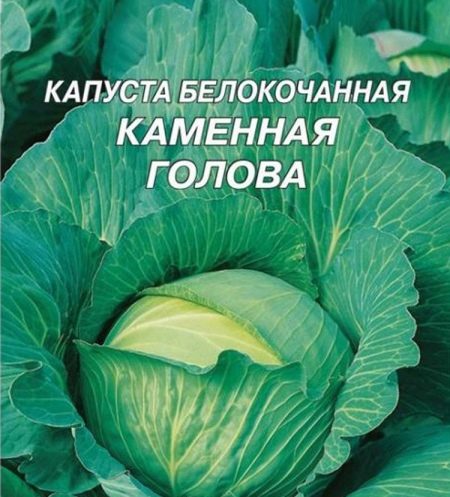

Opening a new summer cottage season, every gardener lovingly selects varieties of vegetables, hoping to grow the best harvest. In order for expectations to always coincide with reality, it is important to know the main characteristics of the varieties and the rules for caring for them. Cabbage "Stone Head" - the result of the work of Polish breeders, so beloved by the Russians.
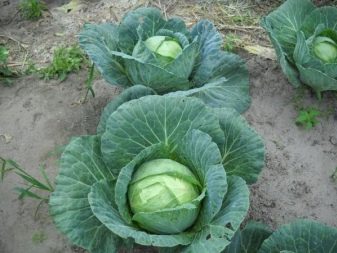

“Stone Head” appeared on Russian markets 11 years ago, acquiring in a short time the love of gardeners who grow crops for themselves and for wide trade. The explanation for this widespread use is already laid down in the name of the culture.
So, the variety belongs to the late-ripening varieties of white cabbage. The technical ripeness of a vegetable occurs on average 126 days after its mass emergence. Starting planting in late April or early May, the crop should be harvested after frost. However, some gardeners harvest without waiting for the cold weather, thereby increasing the shelf life.
The leaf rosette of the cabbage is raised and framed by bubbly thick leaves of a gray-green tone with wavy edges. They are covered with a wax coating. The leaves at the beginning of the head formation have a dark shade, however, as they grow, they become lighter, acquiring a light green tone.
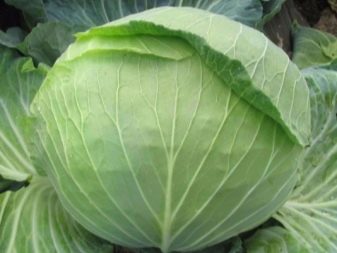

Cabbage forks are round and have an average weight of 4 kg. The weight range varies from 2 to 10 kg. "Stone head" is distinguished by a special density of forks, which do not crack even in overripe fruit.The inner leaves are tender and free from coarse veins. Thin and close to each other, they have excellent taste.
It is worth noting that the variety bears this name also due to its problematic cutting. The leaves are so tightly adjacent to each other that their surface resembles a uniform one.
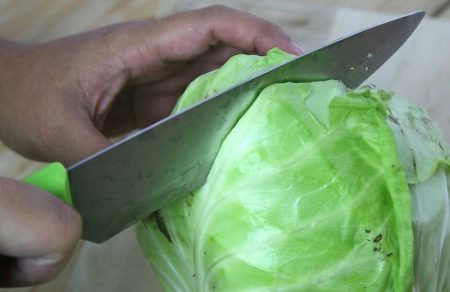

Dignity
Each variety of white cabbage rightly has advantages and disadvantages. The description of the “Stone Head” variety also has similar features, but it has many times more positive characteristics.
Pluses of culture:
- resistance to cracking during growth and technical ripeness;
- resistance to low spring and autumn temperatures;
- unpretentiousness in relation to heat and drought;
- the possibility of using and consuming in various forms;
- high taste;
- presentable presentation;
- the ability to keep fresh until March, subject to all conditions.


Summarizing the above, we can say with confidence that the cabbage of this variety belongs to those varieties whose harvest does not depend on natural factors and the fertility pleases gardeners from year to year.
Application
This type of cabbage contains a lot of sugar and useful components, and therefore gardeners are happy to use it to prepare various dishes.
For example, they like to eat the variety fresh. Vitamin salads, which you can pamper yourself with even during the winter avitaminosis period, have many options. In addition, the absence of large veins allows the leaves to be used for cooking delicious cabbage rolls. Borscht and soups using the variety also delight gardeners and consumers of the product.
And yet, the lack of fresh juiciness is quite noticeable, and therefore housewives prefer salted and pickled cabbage. Thin leaves quickly absorb pickles, becoming a favorite treat on the table.
Read also: Potato late blight: photo, description, control measures
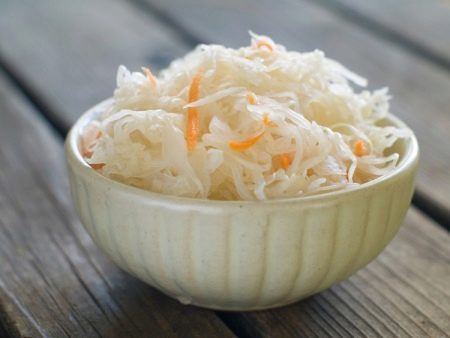

Late April and early May are the best time to plant any late-ripening variety. For a successful sowing of seeds, you should take care of the soil in which they will be planted in advance. The bottom of the greenhouse is covered with compost, on which a layer of fertile soil with sand is subsequently laid out. All layers are poured with boiling water or a solution of potassium permanganate to remove all harmful microorganisms that can harm the seeds that have not yet emerged.
It is worth noting that the seeds should also be treated with a light pink solution of potassium permanganate before planting. This will help prevent such a serious disease for cabbage as black leg. Dried seeds are planted on the cooled soil at a distance of 2-3 cm from each other. Deepening is carried out by no more than 1.5 cm. Deeper planting can lead to late shoots or their complete absence.
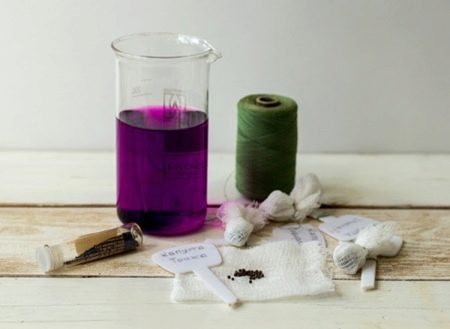

Good seedlings and seedlings with 5-6 leaves mark a new stage, namely planting in open ground. Cabbage during this period reaches 15 cm. At a higher height, the root system takes longer to take root, and therefore it is not recommended to delay planting, carrying it out in May-June. A pleasant bonus here is the resistance of seedlings to low temperatures, and therefore, even at night temperatures down to -5 degrees, you can not worry about its safety.
The very soil for planting should also be well prepared and fertilized. For this purpose, it is forbidden to use fresh manure, because in its composition you can probably find helminth eggs. Compost or rotted manure is the best fertilizer for cabbage.
It is most reasonable to create holes in two rows, laying wood ash in each of them and pouring boiling water for disinfection. For a high-quality harvest, the selected area should be sunny, since the variety is hostile to shady zones.
Features of agricultural technology
White cabbage variety Stone Head refers to cold-resistant, light- and moisture-loving crops. In the zone of risky agriculture, it is grown in seedlings, in the southern regions it can be sown in the ground.
Growing seedlings
Since the variety is late ripening, seedlings need to be dealt with in April-May. The greenhouse is being prepared in advance. Compost is laid in it, and on top is fertile soil with sand. The soil is poured with boiling water, potassium permanganate is added for a greater effect. This microelement works in two directions: it disinfects the soil, provides additional nutrition.
In the cooled soil, grooves are made and white cabbage seeds are sown at a distance of two to three centimeters. According to agrotechnical standards, 3-4 grams of seeds are required per square meter of the nursery.
Comment! When sowing seeds without seedlings per square meter, 0.15 to 2 grams is needed.
Before sowing, cabbage seeds of this variety, if they do not have a special protective shell, are disinfected in a light pink solution of potassium permanganate. Then it is dried to a free-flowing state.
Attention! Potassium permanganate kills the spores of the most dangerous disease on the seeds - black leg.
With any method, the seeds are buried in the soil by about one and a half centimeters. With greater immersion of seeds in the soil, the germination time is delayed. Sometimes they may not ascend at all. Experienced gardeners recommend pollinating cabbage seedlings and soil with dry wood ash after the first leaf appears. Seedling care is simple. Basically - watering and loosening. It is not necessary to greatly moisten the soil, otherwise the roots can rot.
If necessary, seedlings are planted in separate pots. In this case, the root system grows better.
Landing in the ground
When the seedlings grow to 15 centimeters, there will be 5 or 6 leaves on it, you can start planting in open ground.
Comment! White cabbage with 5-6 leaves is not afraid of one-time night frosts down to -5 degrees.
It is necessary to plant seedlings of cabbage variety Stone Head early so that it has time to take root well before the summer of the cabbage fly. As a rule, in May-June, the soil warms up to 10 degrees. Many gardeners are guided by the sowing calendar. It is even encouraged. Since the climatic conditions on the territory of Russia differ, it is imperative to take into account the peculiarities.
It is very important to choose the right piece of the garden. According to agrotechnical standards, it is better to plant any varieties of white vegetables in the beds where legumes, eggplants, and onions grew. Quite good yield after pumpkin, zucchini. Do not plant next to cabbage Stone head tomatoes, cucumbers, parsley. These crops are demanding on nutrition, they will pull out all the juices from the ground, and nothing will get to cabbage.
The land for seedlings is fertilized before planting. It is better not to use fresh manure, as it may contain helminths. Compost, rotted manure or peat are used as organic matter. From mineral fertilizers, preference is given to superphosphate.
The holes are made according to the scheme 50x60 or 70 x 70, preferably in a checkerboard pattern. Seedlings of white cabbage are planted Stone head in two rows to facilitate further care.
Wood ash is added to each hole and spilled with boiling water. When the ground cools down, seedlings are planted. The lower cotyledonous leaves are cut off. The seedlings are deepened to the first true leaf. If the plant is pulled down after watering, it must be lifted immediately.
If frosts are predicted, the planted cabbage seedlings can be covered with foil or agrofibre. Planting is done in the evening so that the plants have time to move away from stress during the night.
Stone Head Description
This is a late-ripening variety whose growing season lasts 140-160 days. It is better to collect the Stone Head after frost, then the heads of cabbage will be more juicy and tender. But on the other hand, if the vegetable freezes a little, its shelf life will decrease.Therefore, you have to choose between taste and keeping quality.
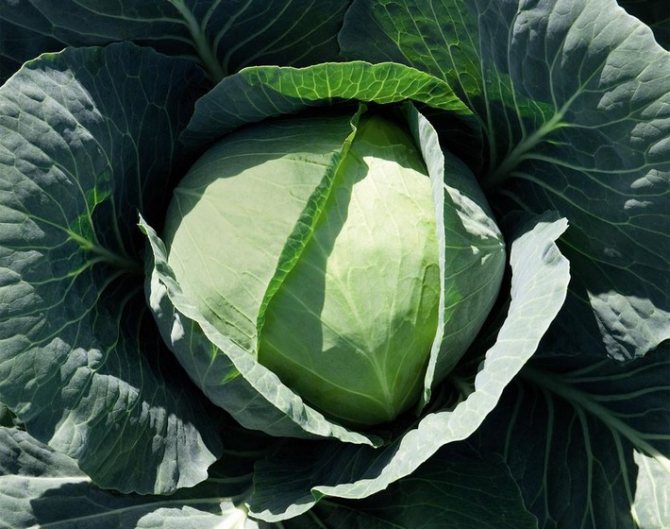

Leaf rosette in a raised plant. The leaves are bubbly, very large. The color of the leaves is gray-green. The edges are wavy, the surface is completely covered with a strong bloom.
Heads of cabbage are medium-sized, juicy, dense in structure. The weight of a mature head of cabbage is 3-4 kg. With high-quality agricultural technology, heads of cabbage grow up to 5-6 kg. The shape of the head is flat-round. Inside the "head" is yellowish.
The inner stump is very long, the outer one is shorter, of medium length.
It is a high-yielding variety. From 1 hectare of planting, you can collect from 44 tons to 58 tons of high-quality crops. In the Kursk region, the maximum yield was recorded in the amount of 137 tons per 1 hectare of plantings. The output of marketable products is in the region of 92-93%.
Cabbage has good taste. Nevertheless, the variety is recommended for fermentation and long-term storage.
The keeping quality of cabbage is excellent. When favorable conditions are created (temperature is around 0 .. + 2 degrees Celsius), heads of the Stone Head can be stored right up to May.


Positive and negative qualities of the Stone Head
The stone head is a fairly popular cabbage among gardeners. And she deserved such fame not just like that, but thanks to her merits. The main positive qualities of this variety:
- High commercial qualities of heads of cabbage.
- Good density of cabbage heads (4.6 points out of 5).
- High yield rates. Approximately 7-8 kg of marketable products are collected from 1 m2.
- Long shelf life of the vegetable.
- Plant resistance to both low temperatures and short-term droughts.
- Thanks to the dense heads, the vegetable is easily transported over long distances, without losing its marketability.
- Protection from diseases such as fusarium wilting and various manifestations of rot.
- Excellent taste of the vegetable.
- Versatility. The variety is recommended for long-term storage and fermentation, but it is also suitable for fresh consumption.
There are no significant drawbacks. Gardeners may not like only the weak juiciness of the vegetable. But this disadvantage is inherent in almost all late varieties of cabbage. It is due to the low juiciness that the heads of cabbage are stored for so long in the cellar in winter. Also, this cabbage does not have the strongest immunity.
Read also: Radonezh cherry: characteristics and description of the variety, cultivation and care
Gardeners' opinion
Margarita, 30 years old, Kursk region White cabbage of the Kamennaya Head variety is the main vegetable in my cabbage beds. After all, it is universal. We ferment some of the cabbage, and store the rest in the cellar. Last year, the last forks of cabbage were obtained at the beginning of May. Everyone likes the variety, but the seeds with low germination. To speed up germination, I soak them in a baking soda solution overnight, then rinse and dry. A glass of hot water (50 degrees) will require a teaspoon of baking soda. I can't say why, but after such treatment, almost all seeds of the Kamennaya Head variety sprout in 3-4 days. This method was suggested to me by my beloved mother-in-law. She is an experienced gardener. Artem, 56 years old, Novosibirsk I have been planting the Kamennaya Head variety for more than 10 years and I am happy with everything. The cabbage is fruitful, lying, tasty. In comparison with other varieties of white vegetables, it practically does not get sick. Fully corresponds to the description and characteristics. I advise you to grow a variety of cabbage Stone Head. Valentina, 29 years old, Samara region Sometimes gardeners say that there are varieties of cultivated plants for which there is minimal maintenance. This is just about the cabbage variety Stone Head. In addition, dense heads of cabbage are perfectly stored in the cellar for eight months. You can always prepare a vitamin salad. Sauerkraut is also excellent - white, crispy.
Growing a vegetable
The variety is grown by seedling method, as it has a very long growing season.Seeds begin to be planted in the 1st or 2nd half of April (planting dates directly depend on the region in which the vegetable will be grown).
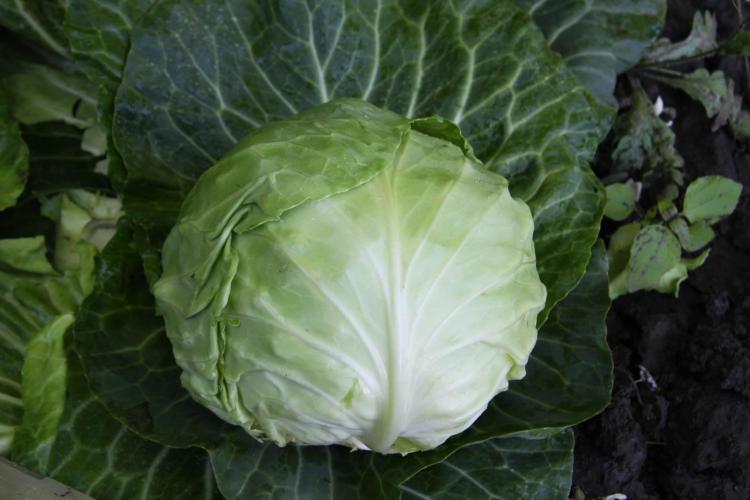

Seeds are planted in a special substrate, which is prepared from the following components: turf, humus, compost and coarse sand in equal proportions. If it is not possible to make such a substrate, you can use soil from the garden, to which fertilizer is added. It is also worth noting that the soil may contain spores of fungal diseases or parasites, so it is necessary to warm it up first. To do this, the soil is heated in an oven at a temperature of 200 C or poured with boiling water.
You can grow seedlings both in a common container and in separate containers (they are preferable). The depth of immersion of the seeds is not more than 1 cm. After planting, the place is watered with water from a spray bottle.
In order for the seedlings to germinate faster, they cover it with cellophane and leave the container with the planting material at a temperature of + 20 ... 22 degrees Celsius. When the seedlings germinate, the cellophane is removed, otherwise the sprouts will die.
After the seedlings have matured (and this is approximately 45-50 days after growing in a cup or box), the seedlings can be transplanted into the exhaust gas. This is done at the end of May or at the beginning of June.
Since the Stone Head belongs to the late varieties, it is grown according to the 50x80 cm scheme.That is, 50 cm is left between the plants, and 80 cm between the rows.
Before planting, it is advisable to add 20 g of superphosphate and a handful of wood ash to each hole.
Testimonials
The stone head is an old, time-tested variety. Therefore, reviews on the network are mostly positive. There are, however, and small tips on agricultural technology, storage.
Marina, Voronezh region
The stone head grows well. Heads of cabbage are large, dense. Stored wonderfully. But sometimes the germination of seeds of this variety is low. In order for them to rise remarkably, I must soak them in a soda solution. I add a teaspoon of baking soda without top to a glass of hot water (50-60 degrees). And I leave it for a day! Then I filter and dry the seeds on a piece of paper. On the same day, I plant them in cups for seedlings. Try it, you will like it!
Crop care
Despite the fact that cabbage is a rather whimsical agricultural crop, it is not difficult to care for it. The main thing is to water it on time, sometimes feed it, loosen the soil and remove weeds.
After transplanting the seedlings in the OG, the plant takes root in a new place for about a week. At this time, the crop is watered regularly, but in small volumes, so as not to create "swamps".
After a week, they switch to one-time watering every 6-7 days. During the formation of a head of cabbage and in a drought, the amount of watering is increased. 3 weeks before harvesting, watering is generally abandoned. This contributes to the fact that the heads of cabbage will be stored longer in the cellar and become less susceptible to cracking.
Since cabbage is watered very often, a large amount of weed forms around it. Therefore, you will have to carry out weeding to remove it. Weeds are known to have a negative impact on crop development.
Do not forget about loosening the soil. With frequent watering, the soil is compressed "closing" the access of oxygen to the plant's root system.
Since this is a late variety, it needs to be fed 4 times per growing season:
- The first time is 14-16 days after transplanting seedlings in the OG. It is best to use nitrogen-containing fertilizers. Ideally, dilute 1 kg of bird droppings in a bucket of water.
- Two weeks later, the culture is fed again with the same composition.
- The third time the vegetable is fed during the formation of the head. This time, the plant is fertilized with phosphorus and potassium fertilizers.
- 3 weeks before harvesting, cabbage is fed with potassium sulfate. Such feeding will contribute to a longer shelf life of the heads of cabbage in the cellar.

